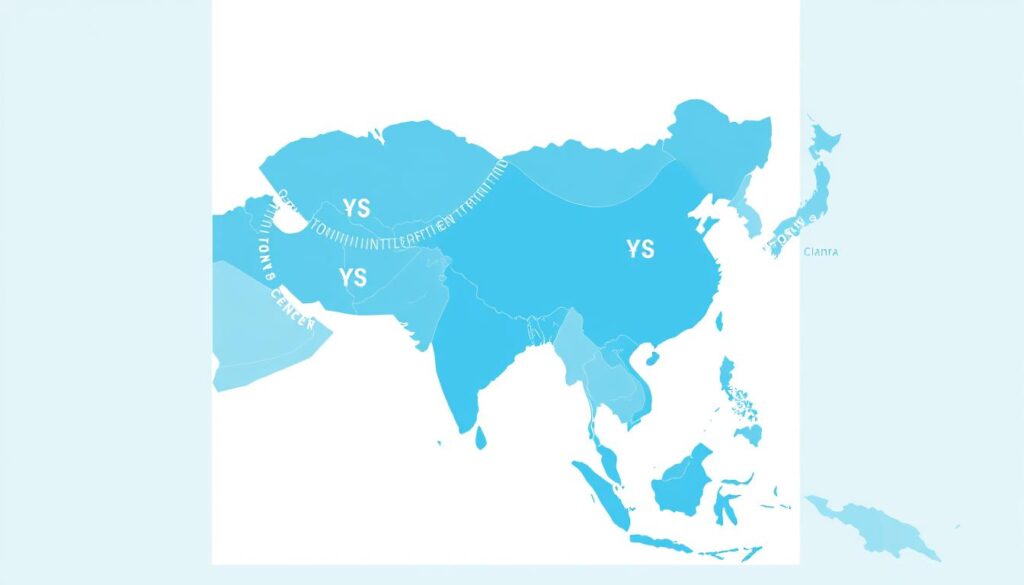
Asia stands as the world’s largest and most populous continent, home to diverse economies ranging from global powerhouses to emerging markets. Understanding the most common currency in Asia requires examining both economic influence and regional adoption patterns. This comprehensive analysis explores the dominant currencies across Asian markets, their role in international trade, and the factors that contribute to their widespread use throughout this dynamic region.
Understanding “Common Currency” in Asia’s Context
When discussing the most common currency in Asia, we must consider multiple dimensions. Unlike Europe with its Euro, Asia has no single unifying currency. Instead, “common” can refer to currencies with the widest circulation, strongest economic backing, or most significant role in regional trade.
Asia’s currency landscape reflects its economic diversity. Some currencies, like the Japanese Yen and Chinese Yuan, dominate due to their nations’ economic might. Others gain prominence through their stability or use in international transactions. The U.S. Dollar also plays a crucial role as a secondary currency throughout much of Asia.
For travelers, businesses, and investors, understanding this complex monetary ecosystem is essential for navigating Asia’s diverse markets. Each currency carries its own history, stability factors, and influence in the global economy.
Top 10 Most Common Currencies in Asia
The following currencies represent the most influential and widely used monetary units across Asia, ranked by their economic impact, trading volume, and regional significance:
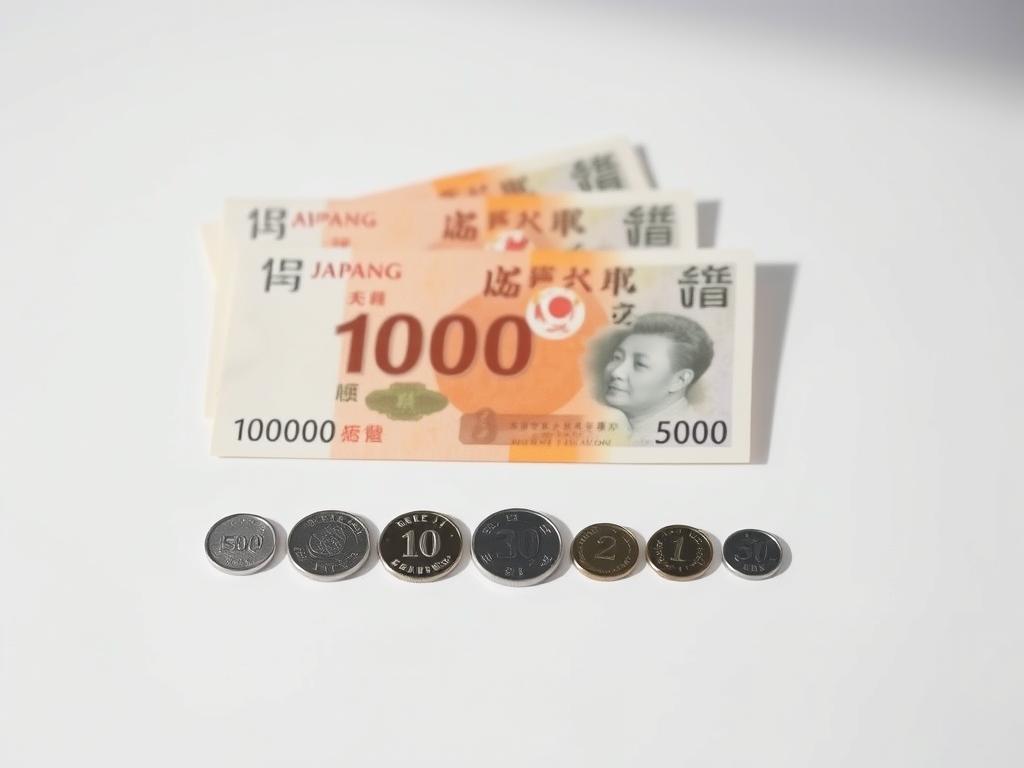
1. Japanese Yen (JPY)
The Japanese Yen stands as one of the most common currencies in Asia and ranks among the world’s most traded. As the official currency of the world’s third-largest economy, the Yen benefits from Japan’s industrial strength, technological innovation, and export-driven economy. Its stability makes it a preferred reserve currency and safe-haven asset during global economic uncertainty.
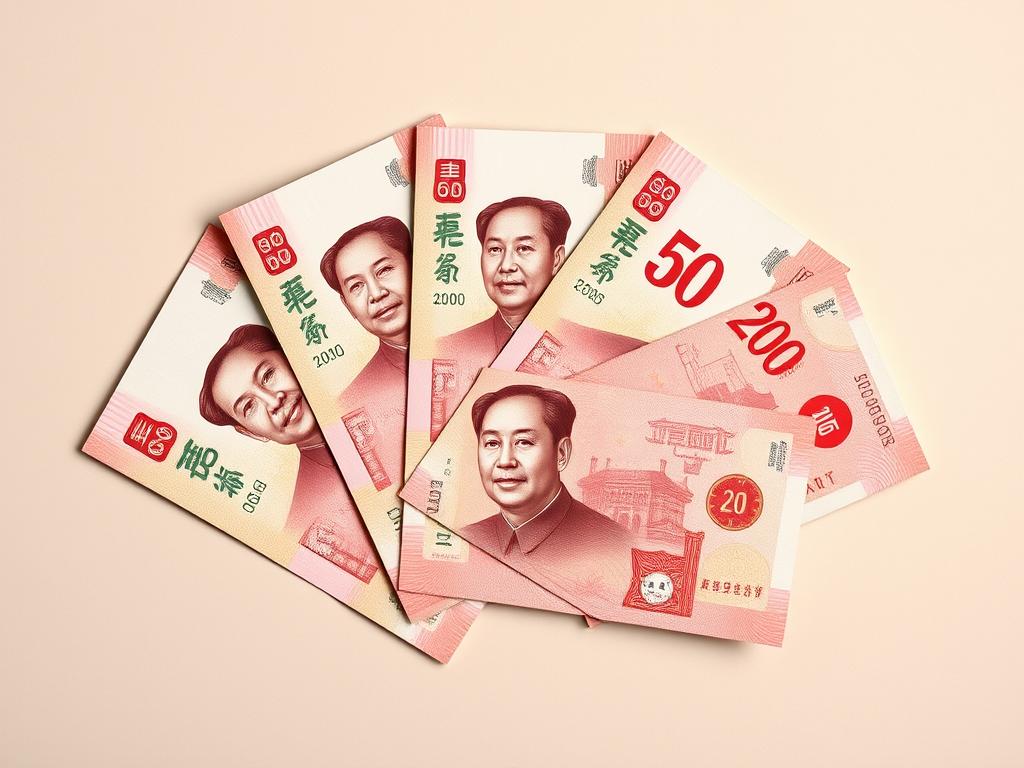
2. Chinese Yuan Renminbi (CNY)
The Chinese Yuan has rapidly grown in importance to become one of the most common currencies in Asia. China’s position as the region’s largest economy and global manufacturing hub has elevated its currency’s status. The Yuan’s inclusion in the IMF’s Special Drawing Rights basket in 2016 formalized its growing international role. China continues to promote Yuan internationalization through trade agreements and financial infrastructure development.

3. Singapore Dollar (SGD)
The Singapore Dollar has established itself as one of the most stable currencies in Asia. Singapore’s strong financial regulations, robust economy, and position as a global financial hub contribute to its currency’s strength. The Monetary Authority of Singapore manages the SGD against a basket of currencies, maintaining its stability and attractiveness for international trade and investment.
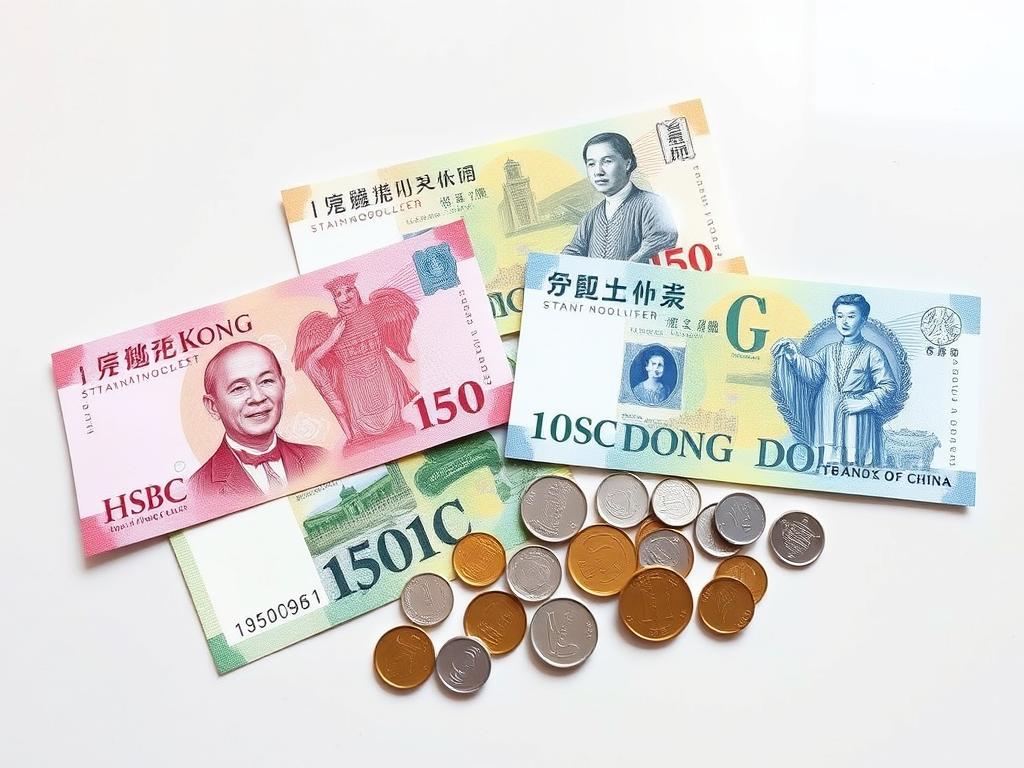
4. Hong Kong Dollar (HKD)
The Hong Kong Dollar maintains significant importance in Asian finance despite Hong Kong’s relatively small size. Pegged to the U.S. dollar since 1983, the HKD offers stability that has helped establish Hong Kong as a major financial center. Its currency board system ensures that every HKD in circulation is backed by equivalent USD reserves, providing confidence to international traders and investors.
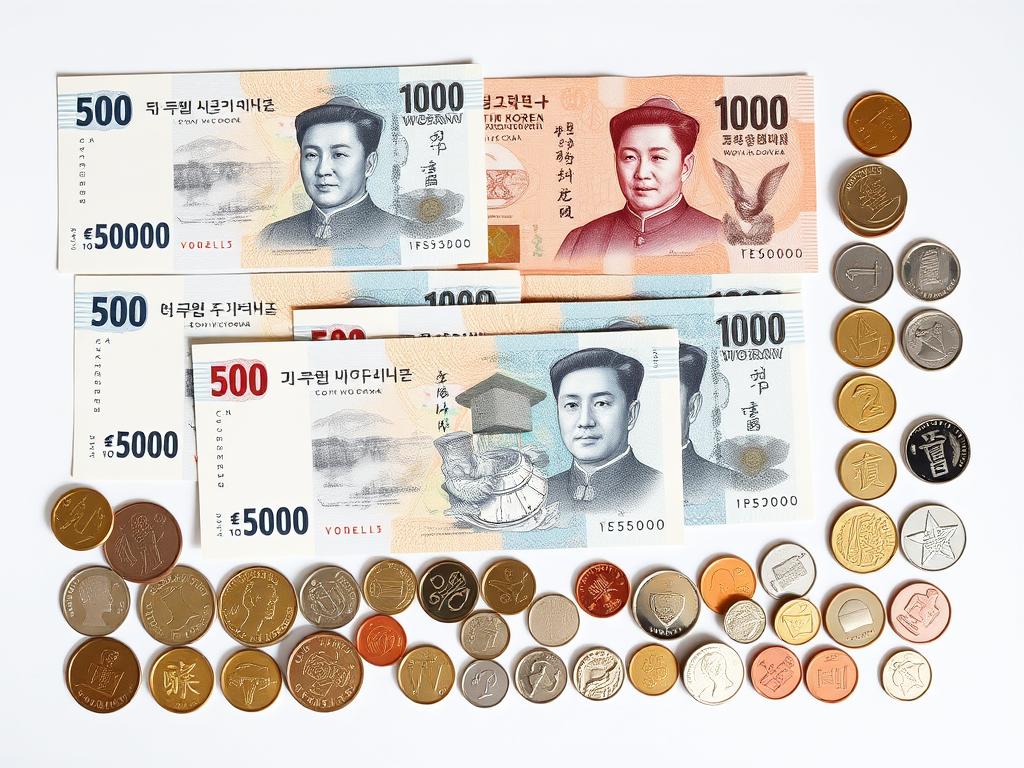
5. South Korean Won (KRW)
The South Korean Won reflects the country’s transformation into a technological and cultural powerhouse. South Korea’s export-driven economy, led by global conglomerates like Samsung and Hyundai, has elevated the Won’s importance in regional trade. While historically volatile, the Won has gained stability in recent decades alongside Korea’s economic development.
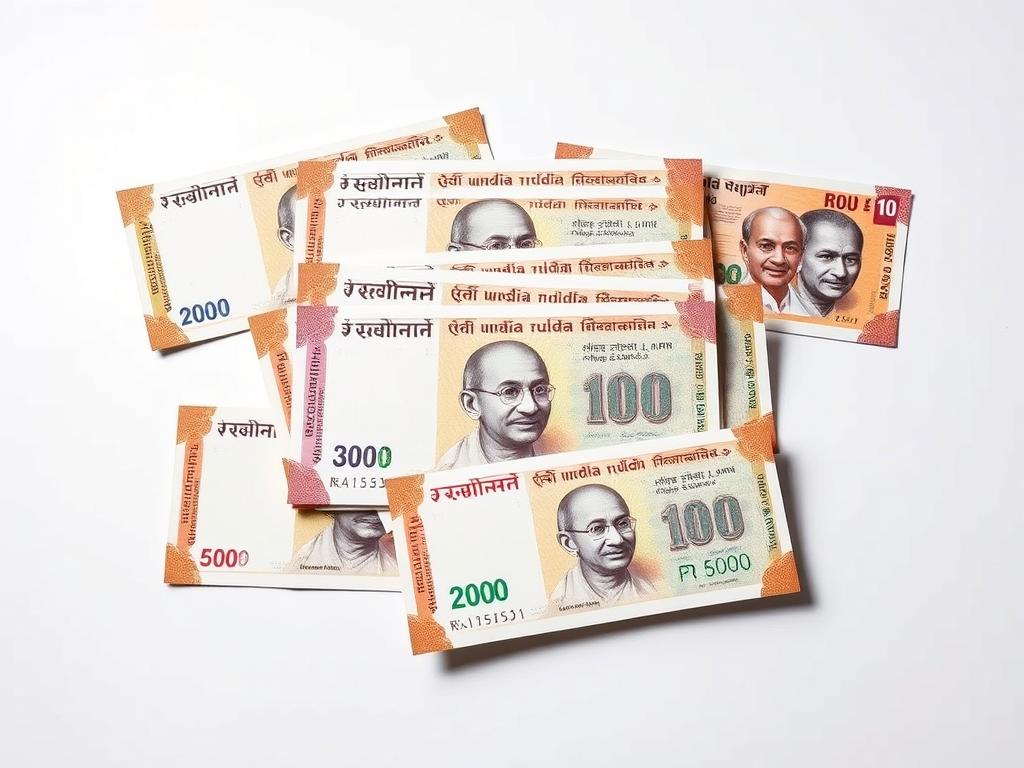
6. Indian Rupee (INR)
The Indian Rupee serves the world’s most populous country and one of Asia’s largest economies. While its international use remains limited compared to other major Asian currencies, the Rupee’s importance continues to grow alongside India’s expanding economy. Recent financial reforms and digital payment initiatives have modernized the currency’s use within India’s vast domestic market.
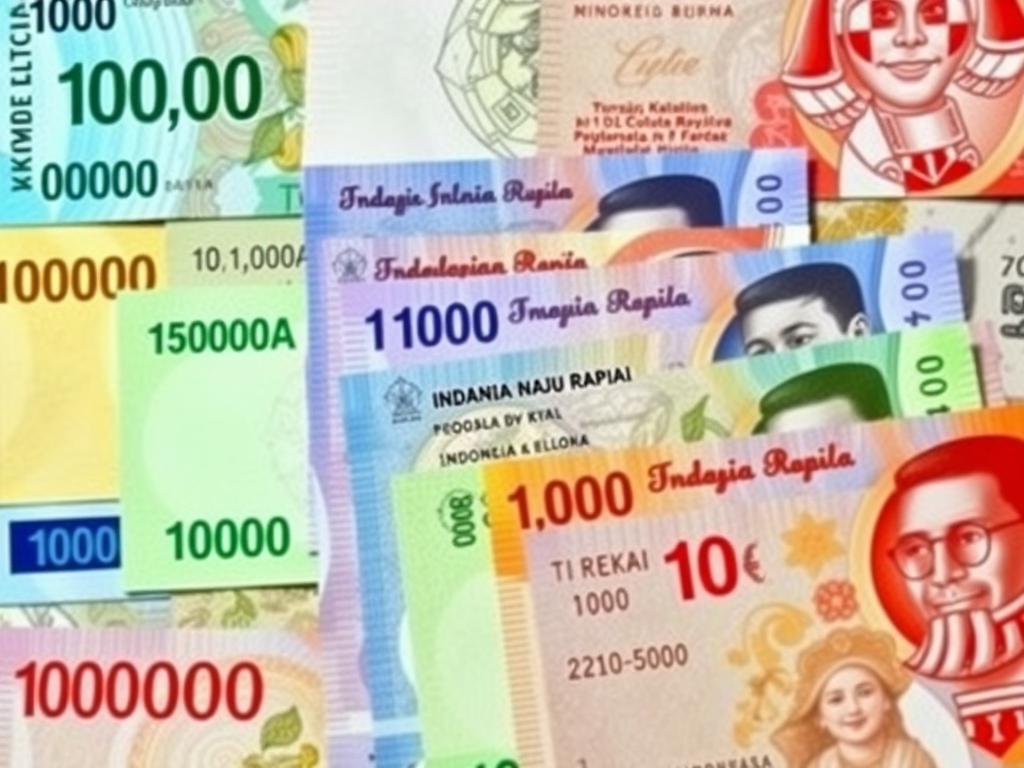
7. Indonesian Rupiah (IDR)
As the currency of Southeast Asia’s largest economy, the Indonesian Rupiah plays a significant role in regional trade. Indonesia’s rich natural resources and growing manufacturing sector support the Rupiah’s importance. While historically volatile, economic reforms have brought greater stability to the currency in recent years.
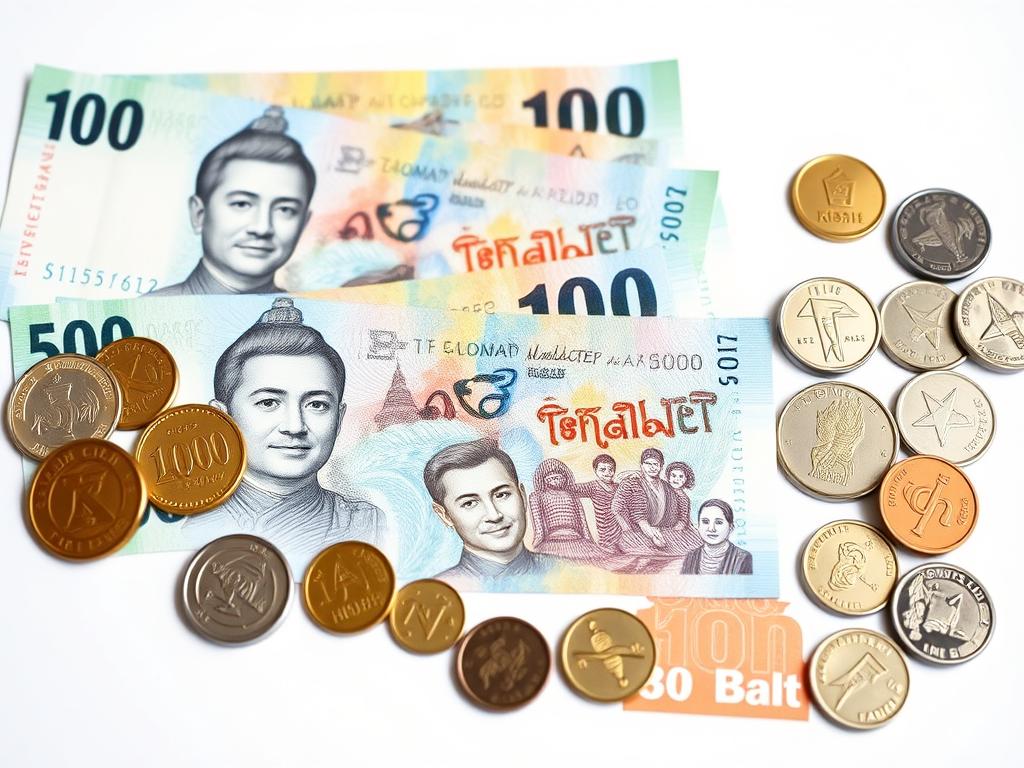
8. Thai Baht (THB)
The Thai Baht has established itself as one of the more stable currencies in Southeast Asia. Thailand’s export-oriented economy, tourism industry, and manufacturing sector support the Baht’s regional significance. The currency has shown resilience through various economic challenges, reinforcing its position in ASEAN trade.
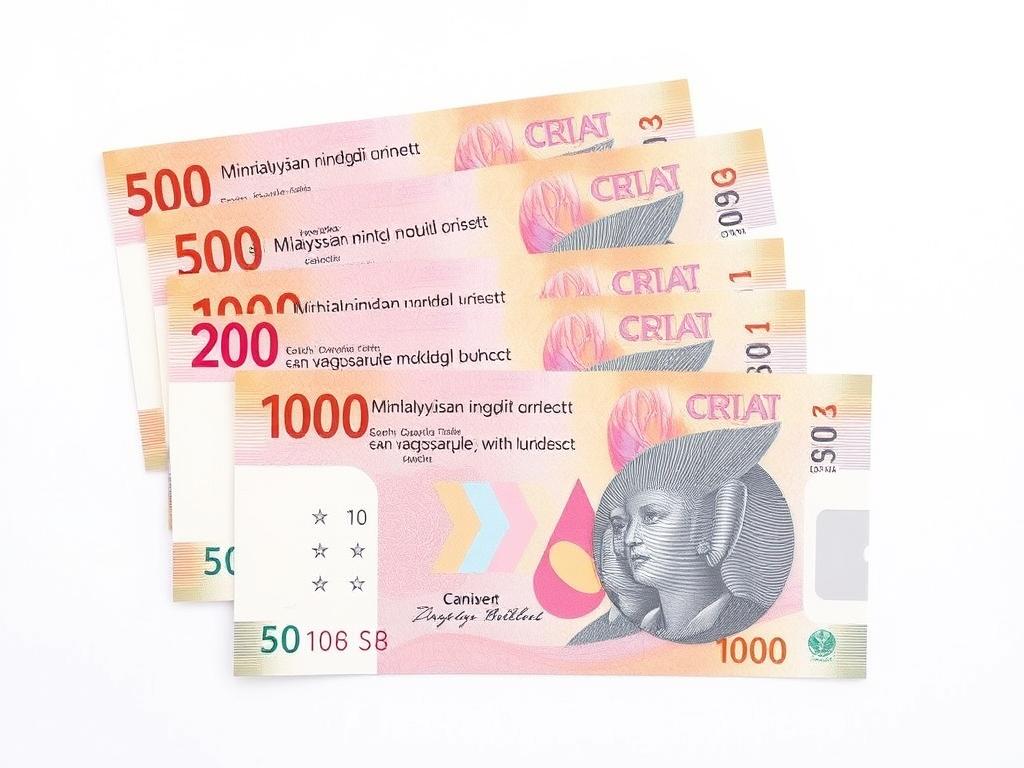
9. Malaysian Ringgit (MYR)
The Malaysian Ringgit serves one of Southeast Asia’s most developed economies. Malaysia’s diverse economic base, including manufacturing, services, and natural resources, supports the currency’s regional importance. The Ringgit plays a significant role in ASEAN trade and has gained stability following reforms after the Asian Financial Crisis.
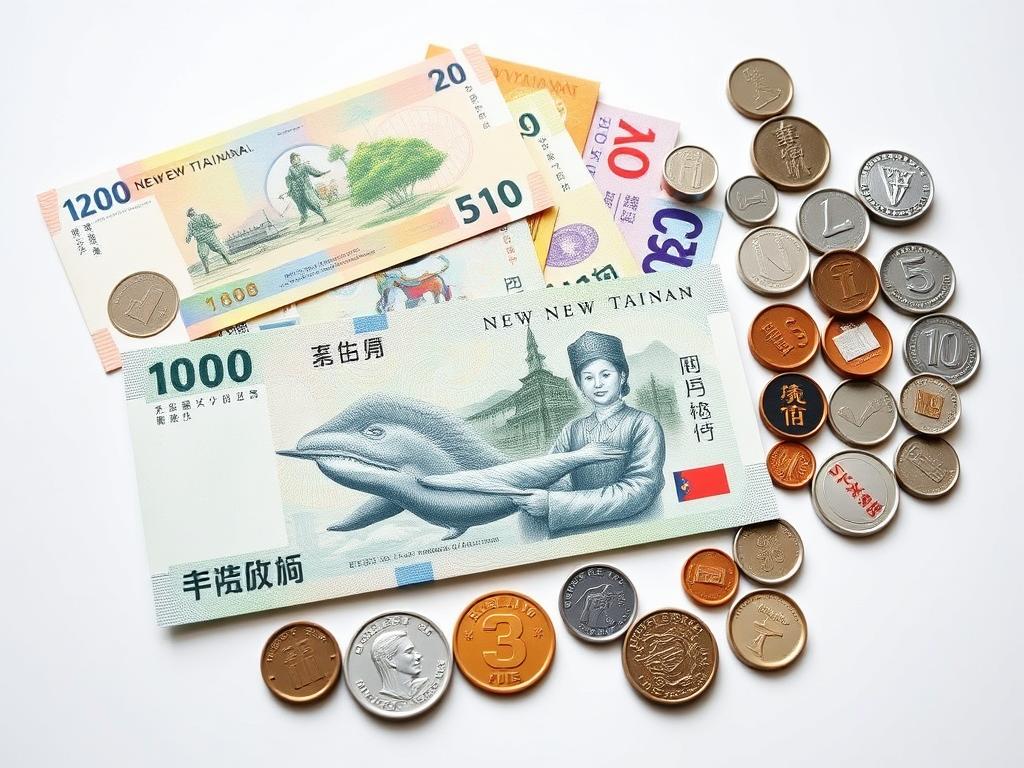
10. New Taiwan Dollar (TWD)
The New Taiwan Dollar reflects Taiwan’s economic strength, particularly in technology manufacturing. As a major producer of semiconductors and electronic components, Taiwan’s currency plays an important role in global supply chains. The TWD’s stability has helped Taiwan maintain its position as an export powerhouse and attracted significant foreign investment.
Comparative Analysis of Major Asian Currencies
The following table provides a comprehensive comparison of the most common currencies in Asia, highlighting their official status, trading volumes, and regional influence:
| Currency Name | ISO Code | Countries/Regions | Est. Daily Trading Volume (USD) |
| Japanese Yen | JPY | Japan | $1.1 trillion |
| Chinese Yuan | CNY | China, partially used in Mongolia | $285 billion |
| Hong Kong Dollar | HKD | Hong Kong SAR | $117 billion |
| Singapore Dollar | SGD | Singapore, Brunei (at par) | $104 billion |
| South Korean Won | KRW | South Korea | $89 billion |
| Indian Rupee | INR | India, Bhutan (alongside Ngultrum) | $73 billion |
| Thai Baht | THB | Thailand | $51 billion |
| Malaysian Ringgit | MYR | Malaysia | $43 billion |
| Indonesian Rupiah | IDR | Indonesia | $38 billion |
| New Taiwan Dollar | TWD | Taiwan | $32 billion |
Source: Bank for International Settlements (BIS) Triennial Central Bank Survey, 2023. Trading volumes represent daily averages.
Why Japanese Yen and Chinese Yuan Dominate Asian Trade

The Japanese Yen and Chinese Yuan have emerged as the most common currencies in Asia for several compelling reasons:
Japanese Yen (JPY)
- Third most traded currency globally after USD and EUR
- Backed by Japan’s highly developed, stable economy
- Long history as a safe-haven currency during global uncertainty
- Significant role in international bond markets
- Strong manufacturing exports create natural demand
- Transparent monetary policy from Bank of Japan
Chinese Yuan (CNY)
- Backed by world’s second-largest economy
- Growing international acceptance in trade settlements
- Inclusion in IMF’s Special Drawing Rights basket
- Strategic “Belt and Road Initiative” expanding usage
- Developing offshore Yuan (CNH) markets
- Digital yuan pilot programs advancing modernization
Both currencies benefit from their nations’ substantial economic output, extensive trade networks, and strategic financial policies. Japan’s established position in global finance contrasts with China’s rapid growth and deliberate internationalization efforts. Together, they represent the primary monetary forces in Asian markets, though they serve different economic models and policy objectives.
The Role of Foreign Currencies in Asian Markets
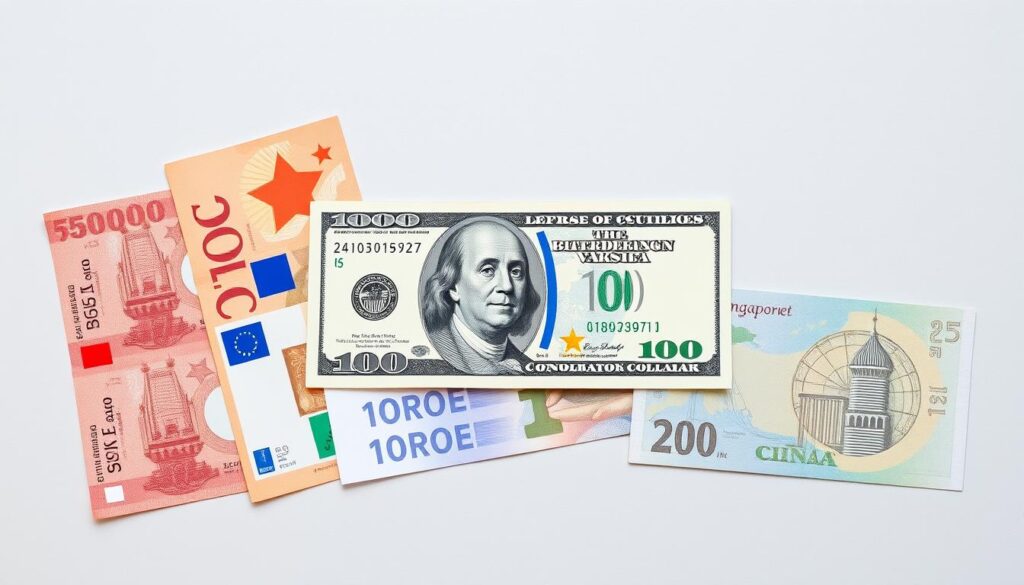
U.S. Dollar: Asia’s De Facto Secondary Currency
Despite the prominence of regional currencies, the U.S. Dollar maintains an outsized role across Asian economies:
- Primary currency for international trade settlement
- Dominant reserve currency held by Asian central banks
- Benchmark for several pegged currencies (HKD, MOP)
- Widely accepted in tourism and border regions
- Used for denominating major commodities (oil, metals)
- Preferred currency for foreign direct investment
Euro’s Growing Influence in Asian Finance
The Euro has established itself as an important secondary reserve currency in Asia:
- Second-largest component of Asian foreign exchange reserves
- Growing use in trade between Asia and European Union
- Alternative to USD for diversification of reserves
- Increasing role in international bond issuances
- Important for European investment in Asian markets
The continued dominance of these non-Asian currencies highlights the interconnected nature of global finance and trade. While Asian currencies continue to gain prominence, the dollar and euro remain essential tools for international commerce throughout the region.
Emerging Trends: Digital Currencies in Asia

Asia leads the global development of Central Bank Digital Currencies (CBDCs), potentially reshaping what constitutes the most common currency in Asia:
China’s Digital Yuan (e-CNY)
China has made the most significant progress in CBDC development with its digital yuan:
- Extensive pilot programs across major cities since 2020
- Over 260 million users as of early 2024
- Integration with major platforms like WeChat and Alipay
- Cross-border trials with Hong Kong, Thailand, and UAE
- Potential to enhance yuan internationalization
Other Asian CBDC Initiatives
Several other Asian nations are advancing their own digital currency projects:
- Japan: Digital yen in advanced testing phase
- South Korea: Digital won pilot program underway
- Singapore: Project Ubin exploring wholesale CBDC
- Thailand: Project Inthanon developing retail and wholesale applications
- Hong Kong: e-HKD technical preparations in progress
These digital currency initiatives could significantly impact which currencies become most common in Asia over the next decade. By enhancing efficiency, reducing costs, and enabling new financial services, CBDCs may accelerate changes in currency usage patterns throughout the region.
Conclusion: The Evolving Currency Landscape in Asia
The question of the most common currency in Asia reveals a complex monetary ecosystem shaped by economic power, trade relationships, and technological innovation. While the Japanese Yen and Chinese Yuan lead in regional significance, currencies like the Singapore Dollar and Hong Kong Dollar maintain crucial roles in finance and commerce.
The continued influence of the U.S. Dollar highlights Asia’s integration with global markets, even as regional currencies gain prominence. Meanwhile, digital currency initiatives promise to reshape this landscape in the coming years, potentially altering how we define currency dominance.
For businesses, investors, and travelers engaging with Asian markets, understanding this diverse currency environment remains essential. As economic power continues shifting eastward, the importance of Asian currencies in the global financial system will only increase.
Stay Updated on Asian Currency Exchange Rates
Get real-time exchange rates, expert analysis, and currency conversion tools delivered to your inbox. Our free Currency Tracker helps you make informed decisions for travel, business, or investment in Asian markets.

Adam G
This post was created by Adam G, a seasoned financial writer with a passion for explaining currency exchange and market movements

2 thoughts on “The Most Common Currencies in Asia: A Regional Analysis”